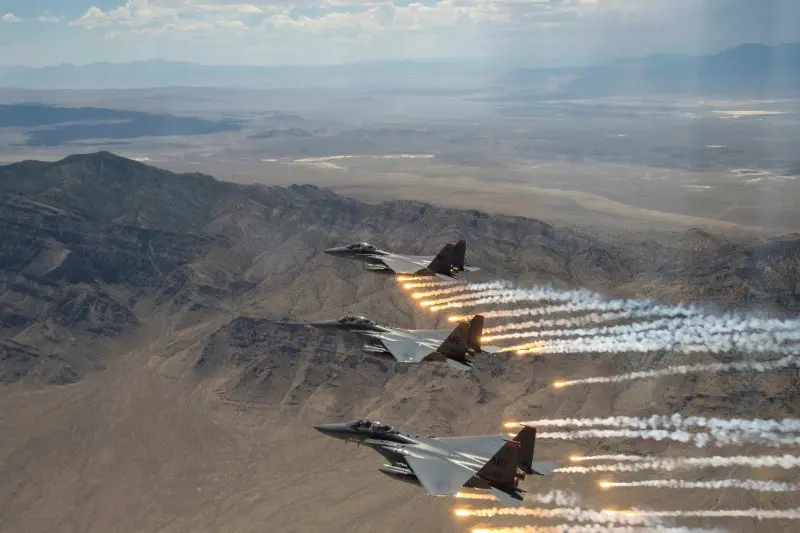U.S. forces in Syria killed a leader of Islamist terror group ISIS during an airstrike in Syria this week.
The Dec. 19 strikes targeted ISIS leader Abu Yusif and another operative in Syria’s Dayr az Zawr province, according to a statement by U.S. Central Command (CENTCOM), which oversees military operations in the region.




